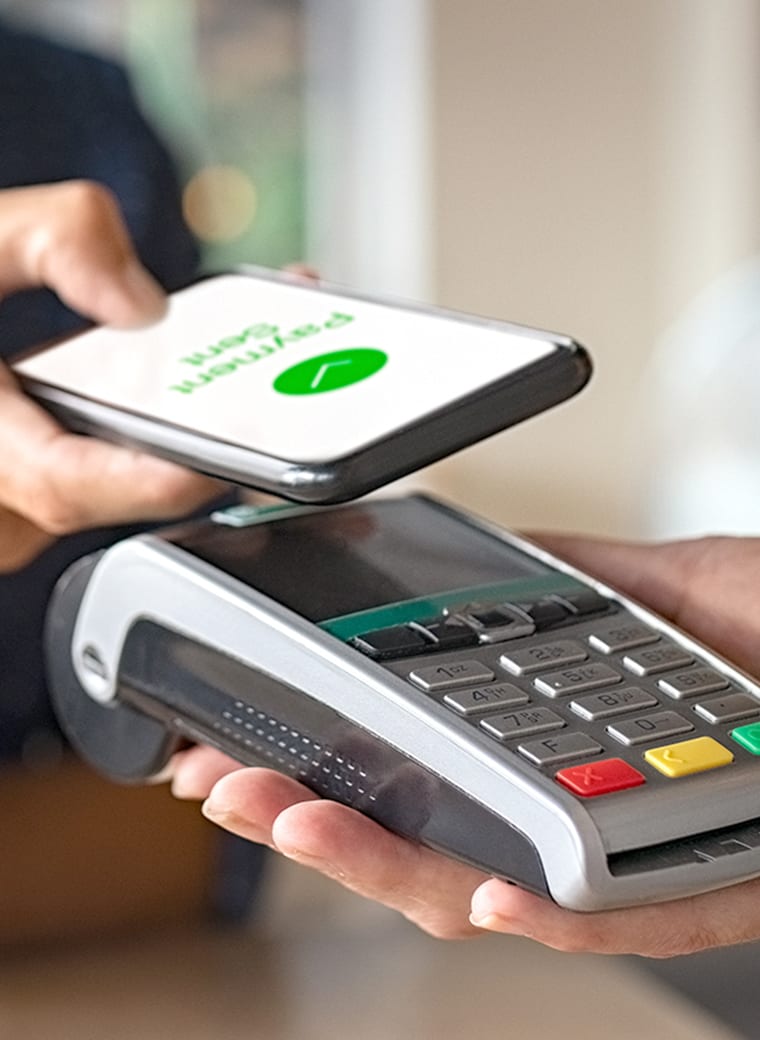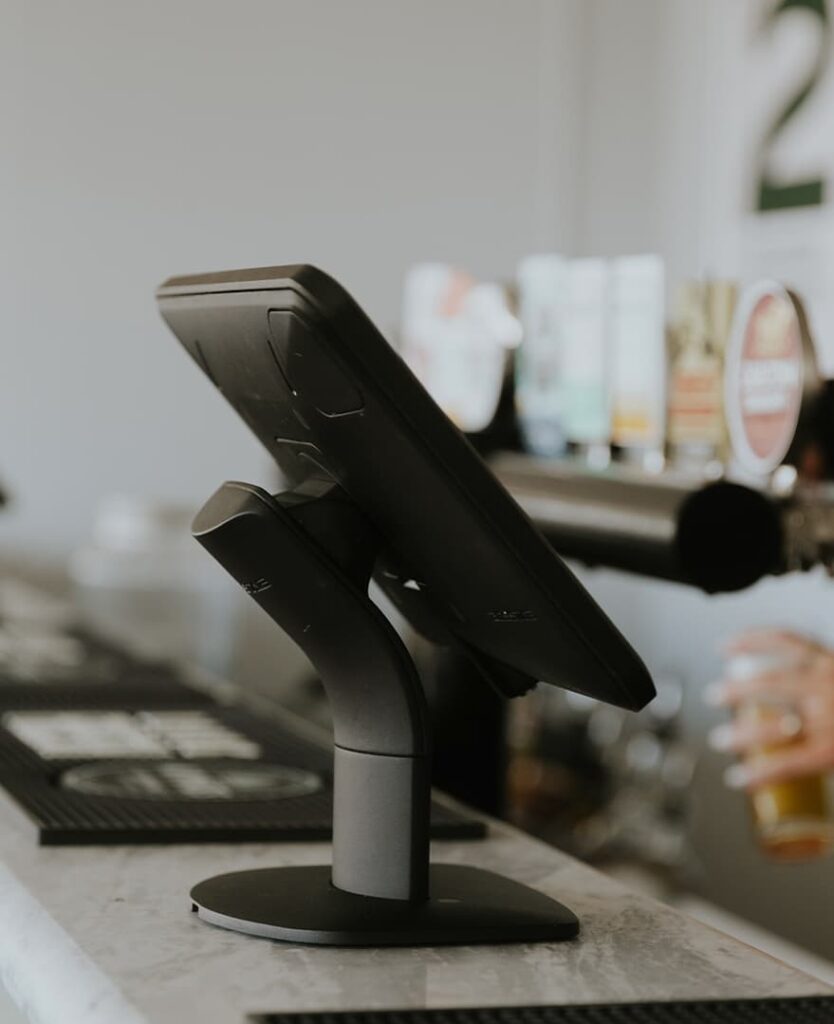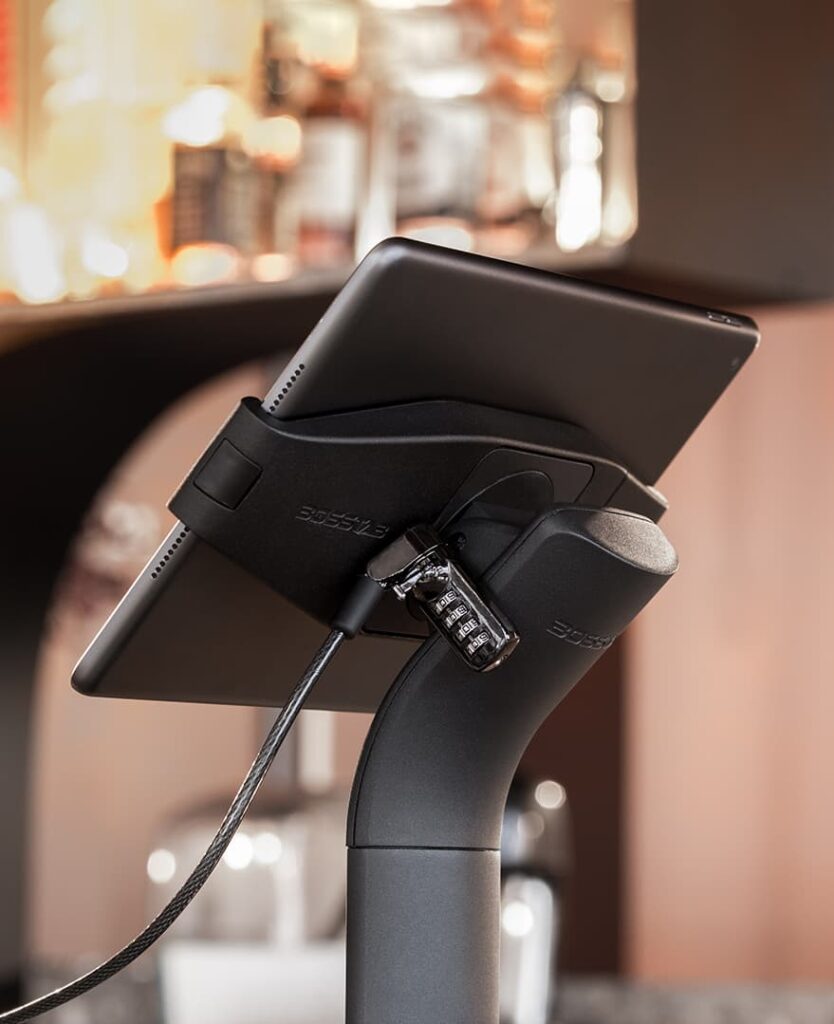Free shipping on all US orders over $100.
Support
Five ways to embrace contactless service
From tap-n-go payments to advanced check-in and online booking systems, reducing the need for customers to physically visit a business or touch items helps instil peace of mind, minimise the threat of illness to customers and staff, reduces staff workload, and improves business efficiency.
Here are five ways to embrace contactless service in a brave new post-Covid-19 world.

The advantage of contactless
Covid-19 has delivered an unprecedented psychological shift in the way consumers view hygiene and sanitisation, with an acute awareness every time we touch something, we run the risk of spreading germs.
Early in the Covid-19 battle, everyday surfaces were identified as potential sites for the virus to spread, making sanitisation and handwashing a major concern.
In addition, many customers looked to eliminate the need to touch things at all, and that resulted in a seismic shift to contactless commerce and service.

Going cashless
In early March the World Health Organization recommended contactless payments as a way to reduce the virus spread. According to a survey of 17,000 people globally by Mastercard that resulted in 46 per cent of people swapping out their ‘top of the wallet’ card for one which offered contactless payments.
Also known as tap-n-go, contactless payments draw on near field technology to process a payment from a card or even smart phone, rather than requiring the user to insert a card and enter a pin number.
For businesses, contactless payments offer a wealth of benefits beyond improving hygiene. They also result in less wear and tear on card processors and sped up the transaction process.
“The majority of respondents (82 per cent) view contactless as the cleaner way to pay, while the speed of tap and pay is also seen as a benefit, enabling customers to get in and out of stores faster,” the survey noted.
Contactless pickup and delivery
Coupled with contactless payments is a new trend that embraces contactless shopping entirely. This sees orders made online, with items either delivered to the customer directly or made available for pickup at a designated site.
In Australia, for example, major retailers including hardware store Bunnings have been proponents of this shift, along with big-name shopping malls like Westfield.
In both instances, orders are placed and paid for online, a collection time is set, and the items are simply placed in the boot of the customer’s car without any physical interaction.
Virtual testing
For makeup retailers, apparel shops and big-name department stores, one of the major challenges of Covid-19 became navigating new ways for customers to try and test products.
This has resulted in innovative strategies like augmented reality and virtual consults.
Although augmented reality is far from new, its use both instore and online allows customers to test products virtually without physically touching them or trying them on.
For the retailer, it can open up a wealth of opportunity in terms of offering an expanded range of products that do not need to be physically stored on-site.
Meanwhile, retailers like Mecca were quick to rollout virtual consults for their skin, beauty and fragrance products.
Held on Facetime, the consults feature real customer service assistants who share their insight and advice on the right products for the consumer.
Potentially virtual consults and AI could be rolled out across a number of sectors, harnessing both AI and a human connection to replicate the real-world experience.

Online booking systems
Whether you’re booking an eye exam, a doctor’s appointment or perhaps even a holiday in the not too distant future (hopefully), online booking systems have seen a spike in growth during Covid-19.
These allow the client to avoid visiting offices in person or waiting on the phone to make an appointment or booking, eliminating the volume of people in any business at any given time.
Critically, the play an important role in managing traffic flow at a business, ensuring clientele are still serviced but social distancing restrictions are met.
Meanwhile, this can be taken one step further in the medical realm when coupled with virtual consults.
Check-in software
It’s well known that visitor sign-in and self-check-in can slash the time guests or business attendees spend in the queue. But increasingly this is being coupled with QR code scanning to eliminate the need for visitors to actually touch check-in hardware.
Software like The Receptionist allows visitors to pre-register their attendance at a site, they are then issued a QR code or barcode, which is scanned upon physical entry. This allows visitors to begin a check-in from their mobile device by scanning a QR code on the iPad which then sends them an SMS. Once a visitor completes the check-in process on their mobile device a unique QR code will be presented to the visitor. Without ever having to touch the iPad, a visitor will be able to present the code to the iPad which will record their arrival and maintain the integrity of your visit log.
This process ensures a safe return to the workplace by addressing a contactless solution and prevents crowding in the reception area.
Again, the benefits of this extend beyond a contactless service. It allows business to quickly reconcile who is on-site, and when they enter and leave, allowing them to better manage traffic flow, emergencies and workplace health and safety.
You can learn more about visitor management here, or alternatively view our range of tablet stands designed to complement the new contactless era.










